
CUSP’s noxious weed program focuses on preventing the establishment of noxious weeds and controlling those that are already present in the Upper South Platte Watershed. We monitor and inventory hundreds of acres for weeds each year. With help from many generous volunteers, we also treat noxious weeds in critical areas throughout the watershed.
IMPACTS OF NOXIOUS WEEDS
destroys thousands of acres per year
some are toxic to livestock and wildlife
some are potentially harmful to humans
displaces wildlife habitat and native plant communities
spreads rapidly to urban areas and damages landscaping
lowers property values
THE LAW
Colorado Noxious Weed Act (23 January 2006). Colorado Department of Agriculture The law mandates compliance from local governing bodies (counties and cities), as well as affected public and private landowners. Colorado state law CRS 35-5.5 requires property owners to control noxious weeds on their land.
WHAT YOU CAN DO
Familiarize yourself with what noxious weeds in your area look like. Work with other landowners to identify the extent of weed populations. Report noxious weeds through local authorities and online.
DID YOU KNOW?
There are approximately 1 million acres of noxious weeds in Colorado. The weeds cost Colorado residents more than $10 million annually in lost productivity.
Controlling noxious weeds on your property is mandated by Colorado law. Take a look at the tables below to identify some of central Colorado’s most common noxious weeds.
For additional information and recommended control measures these agency partners have additional information:
Colorado Department of Agriculture
Colorado Weed Management Association
Teller/Park Conservation District
Teller County Colorado State University Extension Office
Park County Colorado State University Extension Office
Or to report a noxious weed infestation, contact CUSP at 719-748-0033 or email us at cusp@cusp.ws
WEEDS OF CONCERN:
 |
 |
 |
| OxEye Daisy | Scentless Chamomile | Orange Hawkweed |
|
|
|
|
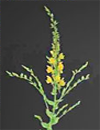 |
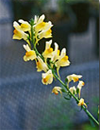 |
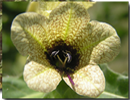 |
| Yellow Toadflax | Dalmation Toadflax | Black Henbane |
|
|
|
|
 |
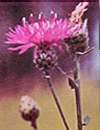 |
 |
| Diffuse Knapweed | Spotted Knapweed | Myrtle Spurge |
|
|
|
|
 |
 |
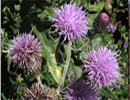 |
| Leafy Spurge | Musk Thistle | Canada Thistle |

